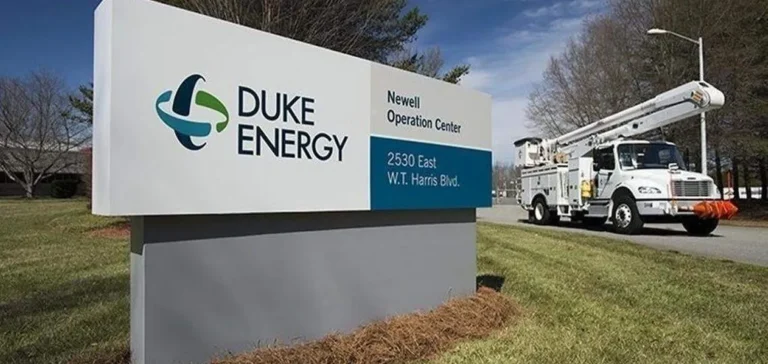Duke Energy has incorporated a large-scale nuclear reactor project into its updated resource plan for North Carolina and South Carolina, with a targeted in-service date of 2037. The company is evaluating two options: small modular reactors (SMRs) at Belews Creek or a large light-water reactor (LLWR) at the William States Lee III site.
Responding to surging power demand
The2025 Carolinas Resource Plan, submitted to the North Carolina Utilities Commission, addresses a significant increase in electricity consumption. Duke Energy reports that projected demand is now more than twice the levels estimated in the 2023 plan. This growth is reportedly driven by regional industrial expansion and sustained demographic trends. The plan also reflects recent changes in public policy, including federal tax credits for advanced nuclear and energy storage, as well as new legislation focusing on grid reliability.
The previous plan, approved in 2024, included life extensions for existing nuclear units and construction of two SMRs at Belews Creek by 2035. The 2025 edition adds the potential deployment of an LLWR as either an alternative or complement to the SMR option to diversify generation capacity.
Two sites identified for large nuclear deployment
The William States Lee III site in Cherokee County, South Carolina, and the Shearon Harris site in Wake County, North Carolina, have been identified as best suited for LLWR deployment. The former already holds a combined construction and operating licence for two AP1000 units issued by the Nuclear Regulatory Commission (NRC) in 2016. The latter was the subject of a similar application in 2008, which was suspended in 2013 at the request of Duke Energy Progress.
An annex to the plan states that both licensing documents will require substantial revision to reflect updated technical information. Duke Energy plans to submit an early site permit application for Belews Creek by late 2025, with approval expected in 2027. The company aims to install either 600 megawatts through SMRs or up to 1,117 megawatts with an LLWR on the selected site.
Maximising output from existing nuclear assets
With 10,819 megawatts of nuclear capacity across six sites, Duke Energy operates the largest regulated nuclear fleet in the United States. The company intends to enhance operational efficiency across its portfolio, including licence extensions for existing facilities. The three-unit Oconee plant recently received approval for up to 80 years of operation.
Duke Energy is also planning to add 245 megawatts of capacity through power uprate projects at three sites. Additionally, three plants are being transitioned from 18-month to 24-month fuel cycles to reduce the frequency of refuelling outages.
Public hearings on the plan will be held in 2026 by the North Carolina Utilities Commission. An updated version of the plan will be filed with the Public Service Commission of South Carolina later this year.






















